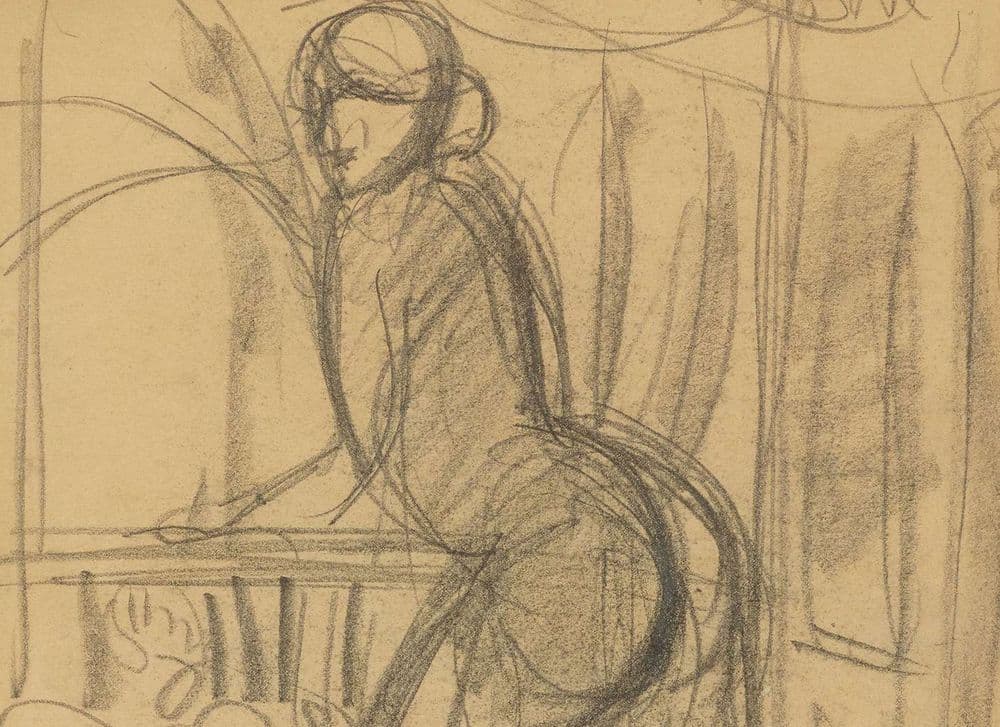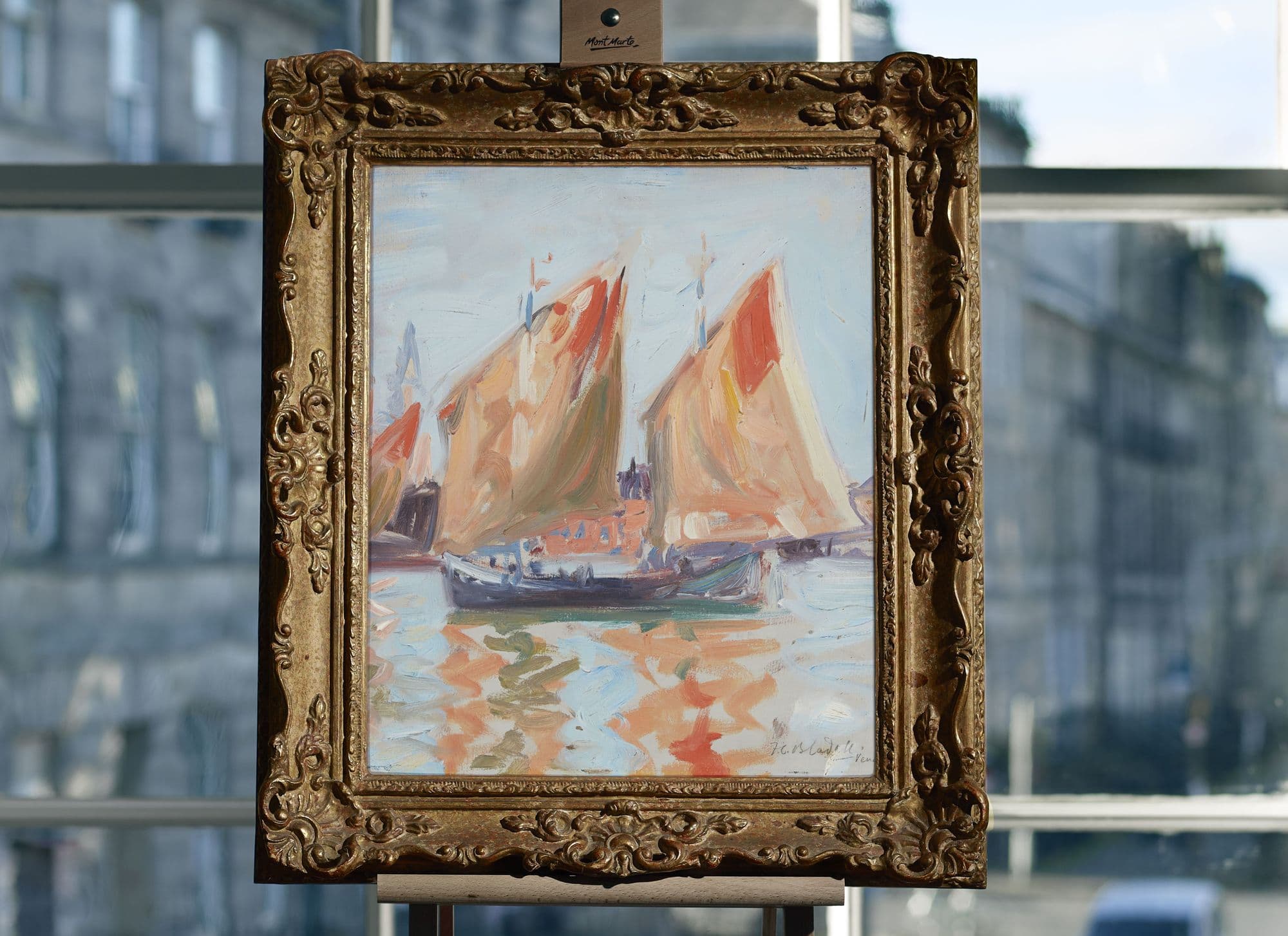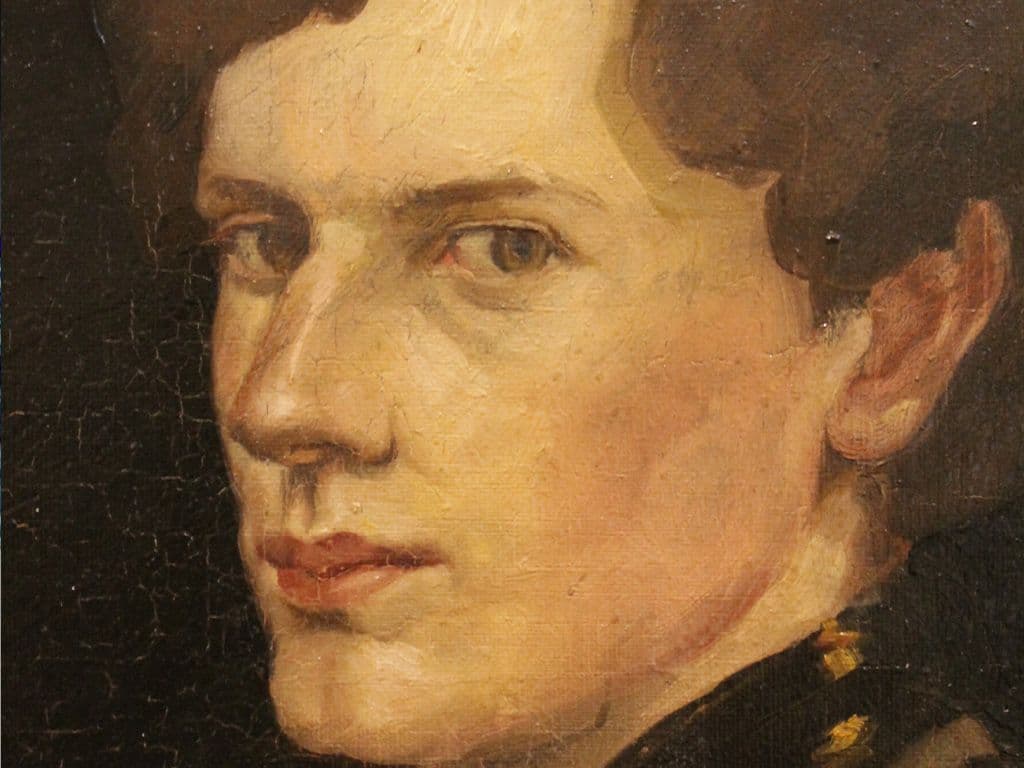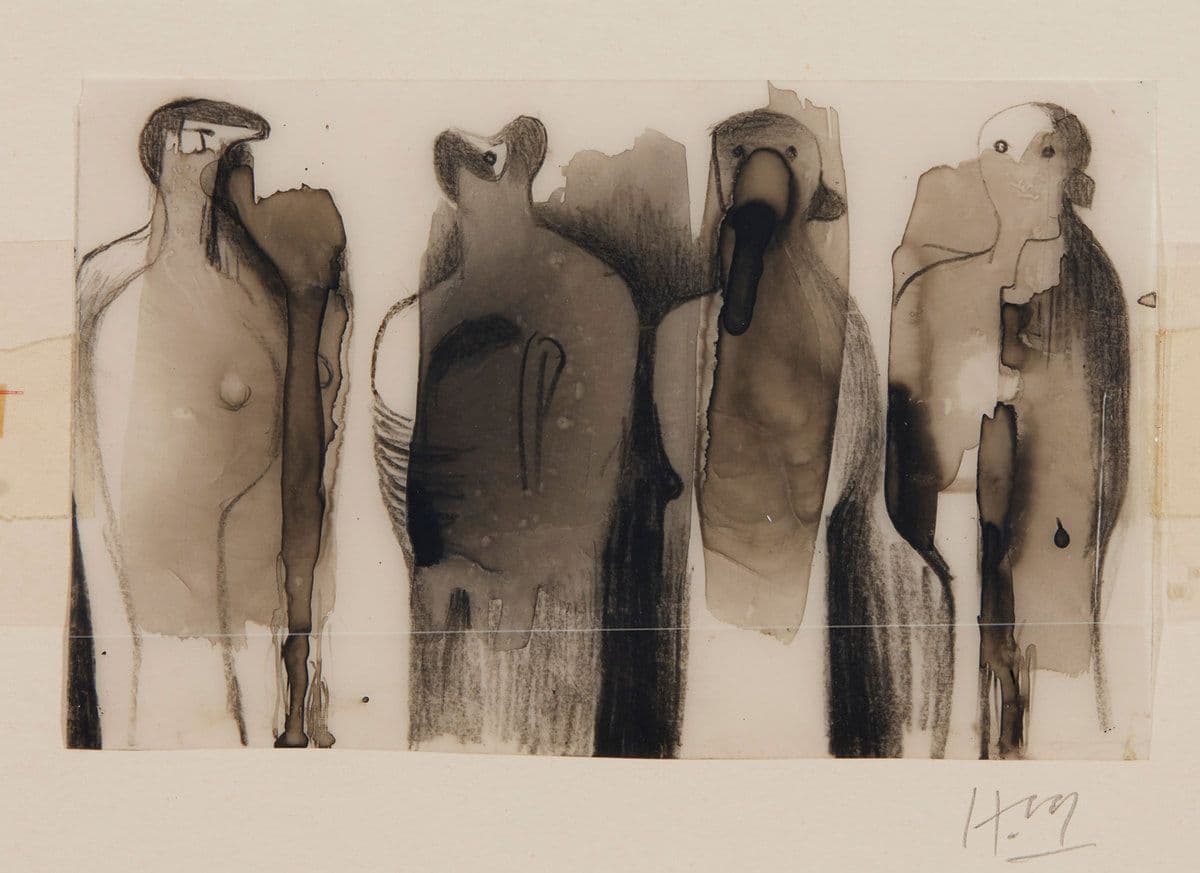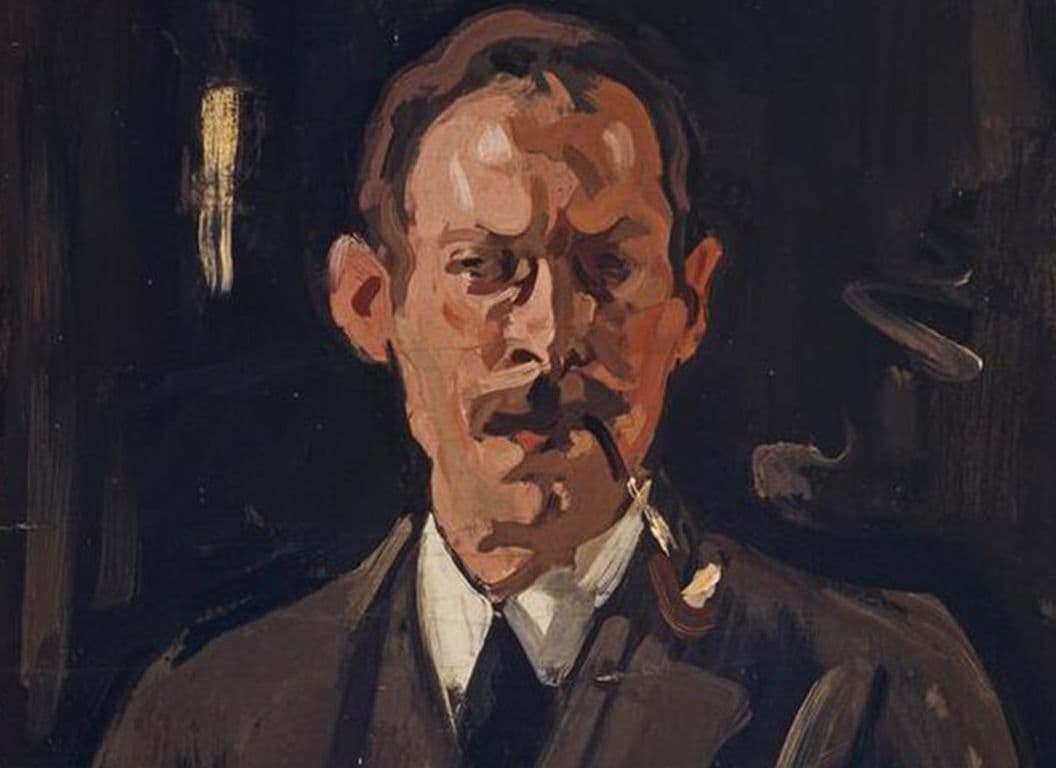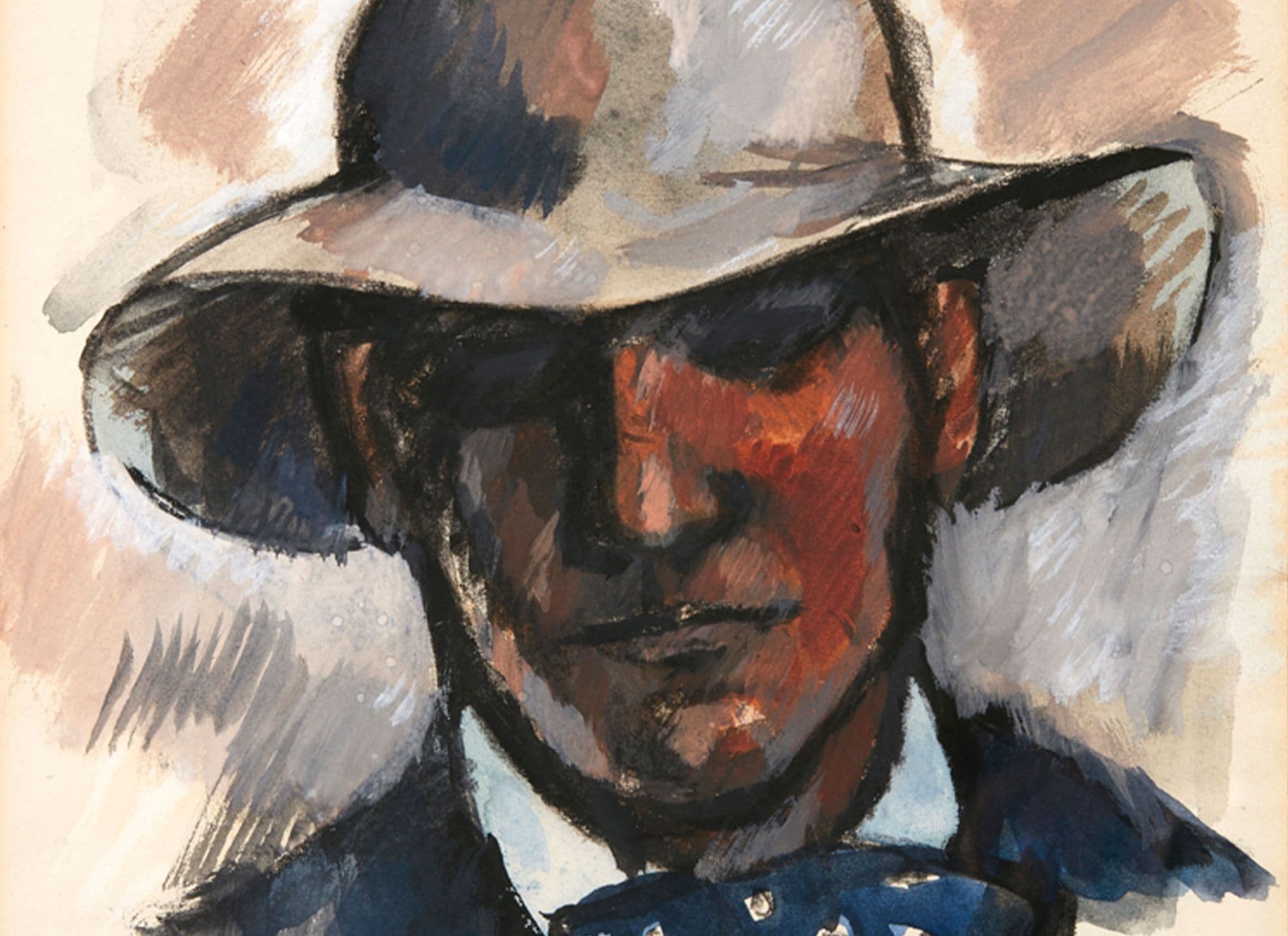Anne Estelle Rice grew up in in the industrial Schuylkill Valley in Pennsylvania, the daughter of a ‘Scotch-Irish’ father and a Pennsylvania Dutch mother.
After training as a graphic artist, painter, designer and muralist in Philadelphia, she began work as an illustrator – one of the few professions that offered the prospect of financial independence for women of her generation. Drawings published in the likes of Collier’s and Harper’s Bazar [sic], and as covers for the venerable Saturday Evening Post, led to a commission to go to Paris in 1905 to illustrate the latest fashions and scenes of Parisian life for the North American.
Within three years, Rice had surfaced in the mainstream of French modernism, exhibiting six paintings at the 1908 Salon d’Automne. Elected a Sociétaire of the Salon two years later, she also served as a juror in 1912. Her radical, monumental Egyptian Dancers, inspired by the Ballet Russes, and one of the five murals commissioned for the Wanamaker department store in Philadelphia in 1909 were both accorded place d’honneur in Salon hangs. The artist’s work was also shown at other salons and galleries in Paris, and in London, Cologne, Brussels and Budapest.
Her meeting with the Scottish artist John Duncan Fergusson at Étaples in 1907 had proved critical to both and probably prompted Fergusson’s decision to move to Paris, where Rice became muse and model for many of his most celebrated paintings. Their six-year relationship evolved from one of mentor and protegé into an equal and mutually beneficial partnership. They appear to have experimented with new styles, primarily Fauvism and Cubism, and adopted new subject-matter at around the same time, their approaches becoming increasingly divergent.
We are grateful to Susan Moore, author of a forthcoming monograph about Anne Estelle Rice, for writing this catalogue note.
Illustrated: JOHN DUNCAN FERGUSSON R.B.A. (SCOTTISH 1874-1961) § | WOMAN ON A BALCONY (ANNE ESTELLE RICE)
